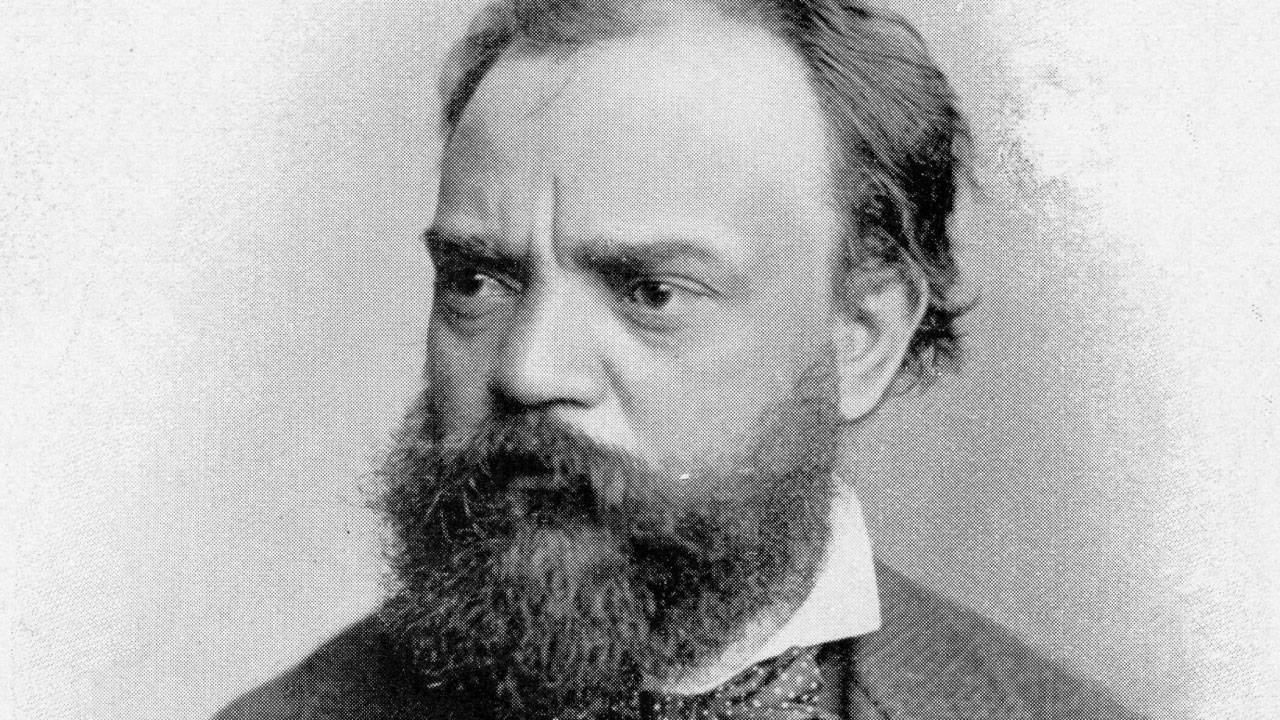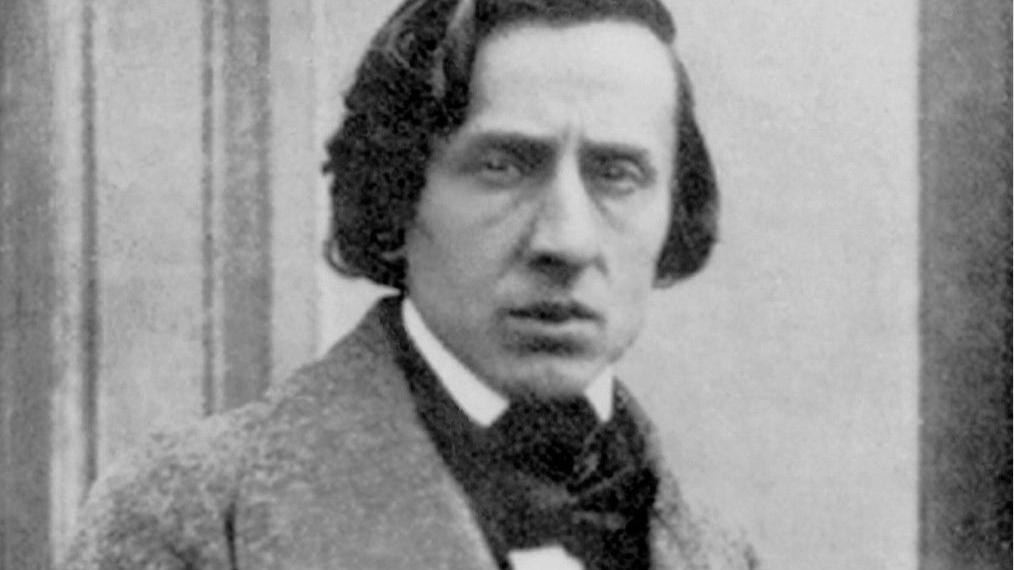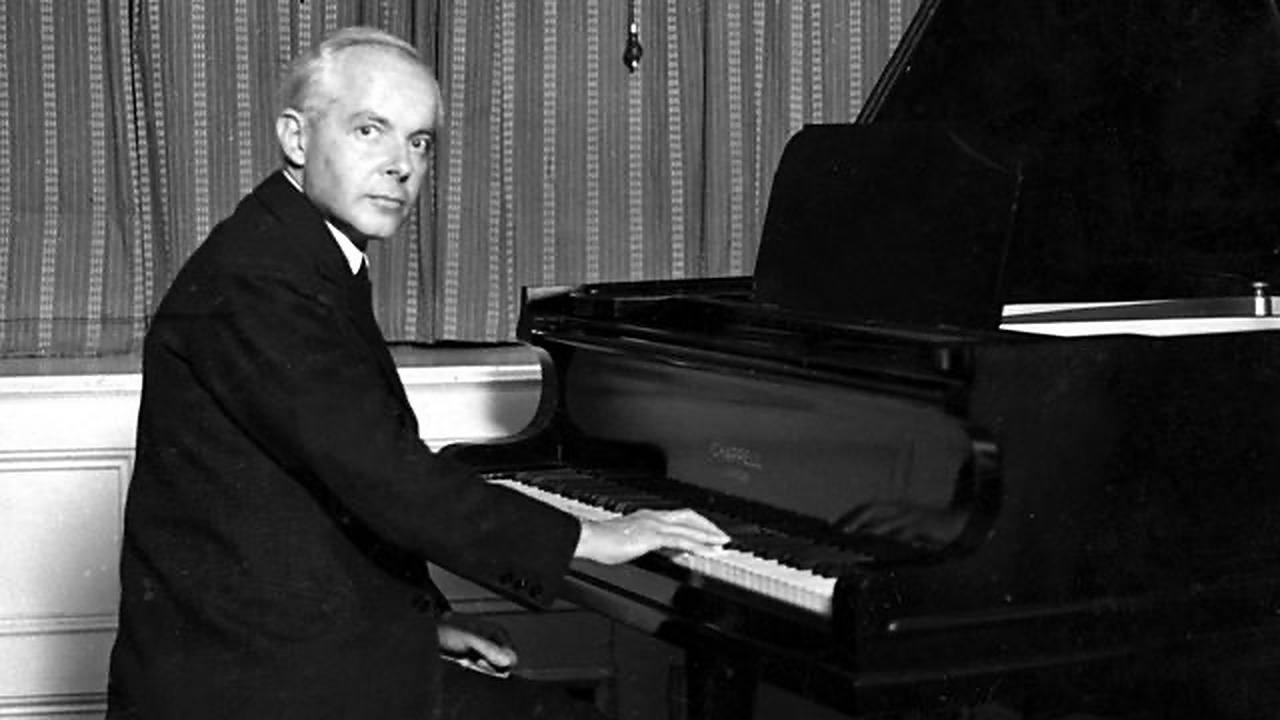Dvořák’s Humoresque in G-flat Major: Ignaz Friedman and Art Tatum
Antonín Dvořák was one of the greatest composers of melody. Perhaps the most catchy and popularly enduring example is the Humoresque No. 7 in G-flat Major (Poco lento e grazioso), originally written for solo piano. Propelled forward by an infectious, lilting rhythm, the melody develops in two-note steps which ascend gradually and explore a variety of motivic combinations before sinking into repose at the end of the phrase. As with much of …







